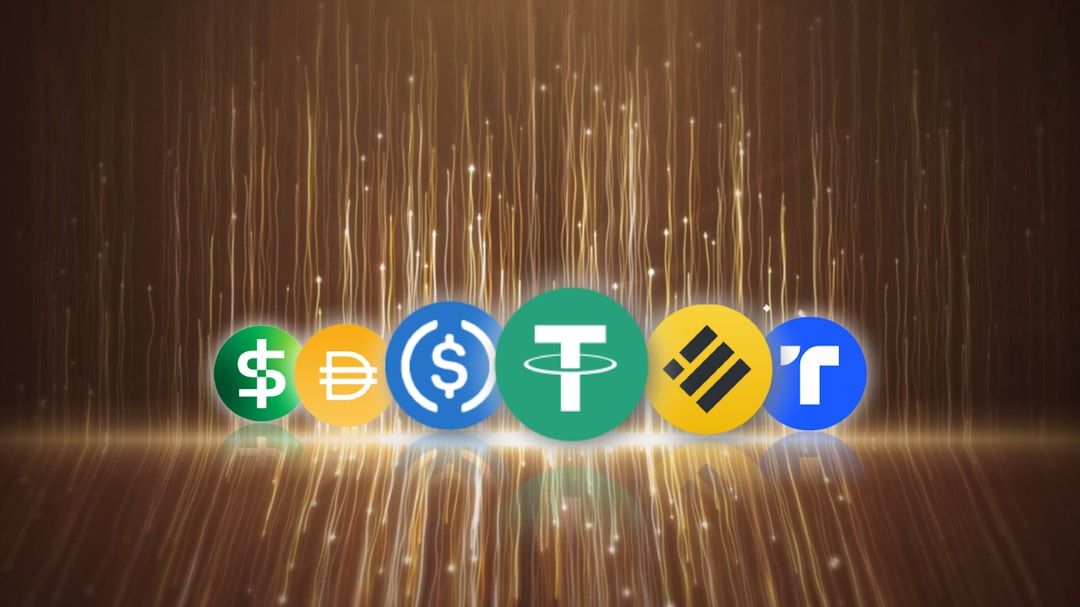1. Defining Stablecoins
A stablecoin is a type of cryptocurrency designed to maintain a steady value by pegging it to a reference asset—typically a fiat currency like the U.S. dollar, or less commonly, commodities or crypto—using mechanisms such as reserves or algorithms to stabilize its price (Nasdaq,Wikipedia).
2. Why Stablecoins Matter in 2025
In 2025, stablecoins are more than just crypto parking spots. Supported by regulatory frameworks like the U.S. GENIUS Act, institutional interest is booming, enabling everyday transactions, cross-border remittances, and integration into mainstream finance (Reuters).
3. Top Stablecoins You Should Know
Here are some of the most notable stablecoins of 2025:
Tether (USDT) — The largest by market cap, with over $150B. Offers deep liquidity but has faced scrutiny over reserve transparency (Bankrate).
USD Coin (USDC) — A close second, issued by Circle, backed by reserved assets. Its issuer went public in June 2025 with strong growth (FN London).
Dai (DAI) — A crypto-collateralized stablecoin minted via MakerDAO, ideal for decentralized finance exposure (Bankrate).
Ethena USDe (USDe) — A newer entrant with rising market cap, gaining traction (Bankrate).
Others (Top 10 list): Includes First Digital USD (FDUSD), PayPal USD (PYUSD), Tether Gold (XAUT), Paxos Gold (PAXG), USD1, TrueUSD (TUSD), USD‑backed or commodity-backed options (blocksurvey.io).
4. How to Invest in Stablecoins
To invest:
Use trusted exchanges or wallets like Coinbase, Binance, or Kraken to buy stablecoins (nansen.ai).
Select credible offerings with transparent reserves and compliance.
Align with your goals—whether it's low-volatility holding, trading, or using them in DeFi for yields (nansen.ai).
5. Which Is “Best” in 2025?
For liquidity and adoption:USDT leads in market share.
For institutional-grade transparency & regulatory strength:USDC shines, buoyed by its issuer’s public listing and governance.
For decentralized and crypto-native exposure:Dai is solid.
For a hybrid or newer niche play:USDe and others like PYUSD offer diversification.
Ultimately, there’s no single “best” stablecoin—it hinges on your priorities: liquidity, regulation, decentralization, or asset backing


